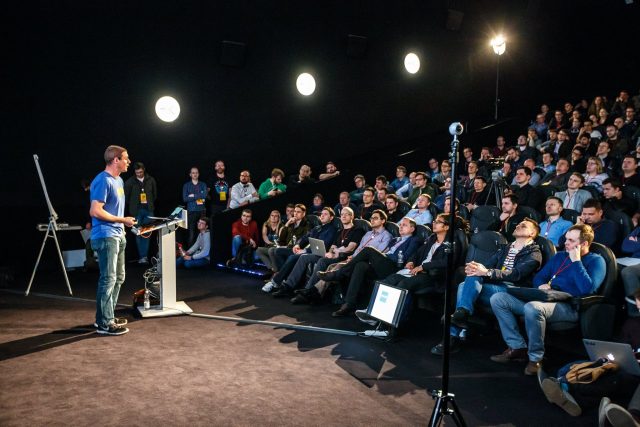The story below details a very interesting & transformational project that I was a part of in 2014 and 2015, at a Dutch company. I’ve told this story before during a number of conference talks (slides and videos are available, if you’re interested), and I’ve now finally come around to writing it up as a series of blog posts!
This is part 4 and the final installment of a multipart series on how CD, DevOps, and other principles were used to overhaul an existing software application powering multiple online job boards, during a project at a large company in The Netherlands.
Read more